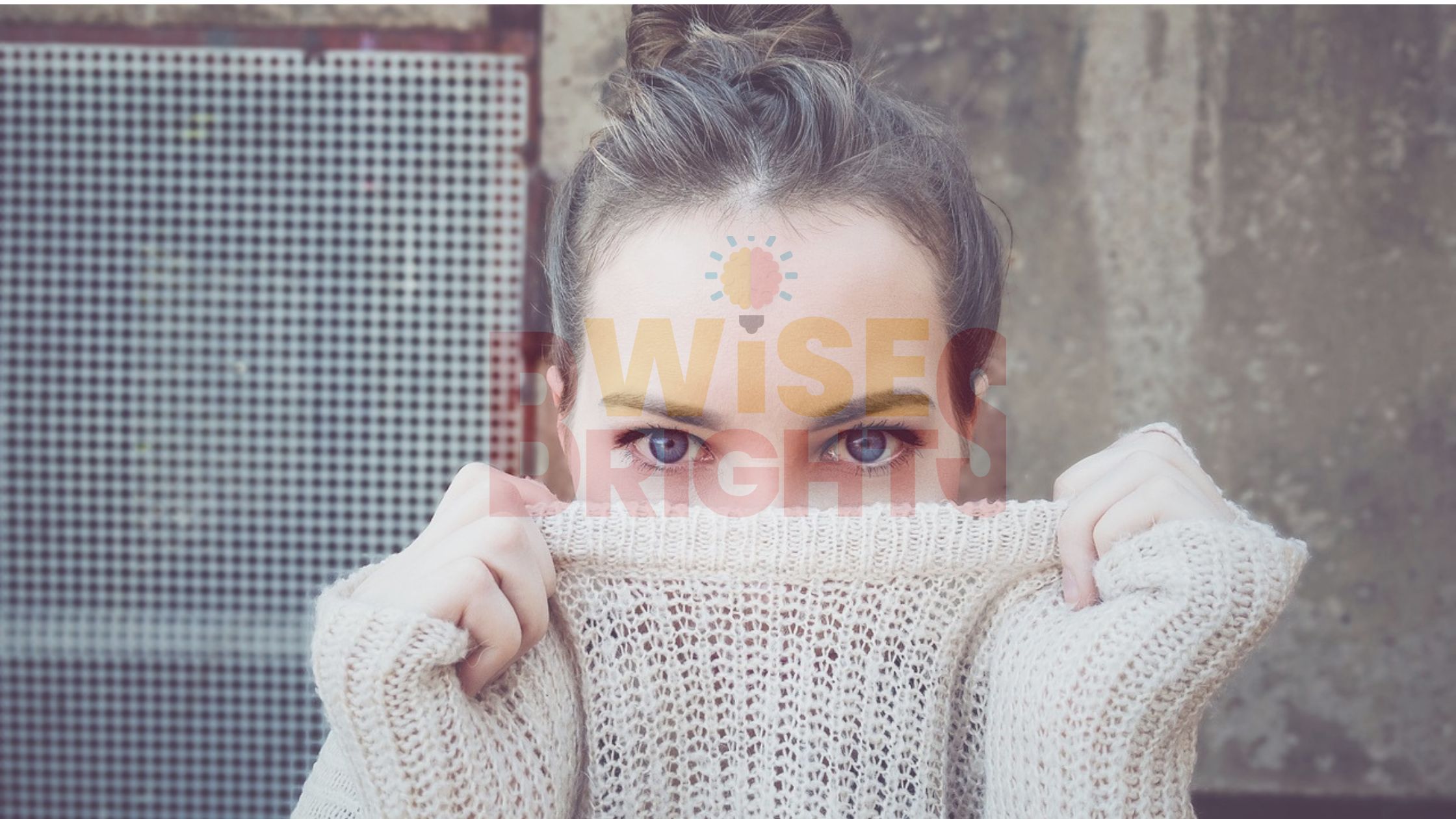The fashion industry has always been a delicate dance between art and commerce, but nowhere is this more evident than in the evolving world of fashion editorials. Once considered the purest form of fashion storytelling, editorials are now embracing a new reality where name brands play an increasingly prominent role without sacrificing creative vision.
The Traditional Editorial Philosophy
The “No Logo” Era
For decades, fashion editorials operated under an unspoken rule: the story came first, and brands took a backseat. High-fashion magazines like Vogue and Harper’s Bazaar built their reputations on creating dreamlike narratives where clothing served the artistic vision rather than commercial interests. Credits were relegated to small print at the back of magazines, and logos were carefully hidden or cropped out of shots.
This approach allowed photographers, stylists, and creative directors to craft pure visual poetry. The focus remained on mood, emotion, and artistic expression, with garments chosen solely for their ability to enhance the narrative. Fashion houses understood this dynamic and were content to have their pieces featured in prestigious editorials, even if their branding wasn’t front and center.
Why Brands Stayed in the Shadows
The reasoning behind this traditional approach was multifaceted. Editorial content was meant to inspire and educate rather than sell directly. Magazines maintained their credibility by appearing above commercial influence, and readers trusted that editorial content represented genuine artistic choices rather than paid placements. This separation between editorial and advertising content was considered sacred in the publishing world.
The Economics of Change
A New Publishing Reality
The digital revolution has fundamentally altered how fashion content is consumed and monetized. Traditional advertising revenue has declined as readers migrate online, forcing publications to find innovative ways to sustain their operations. Social media has also changed reader expectations, with audiences increasingly wanting to know where they can purchase the items they see in editorials.
Fashion influencers have demonstrated that audiences actively seek brand information and shopping links. This shift has encouraged editorial teams to reconsider their approach to brand visibility. Publishers realized they could maintain editorial integrity while making content more accessible and actionable for their audiences.
The Rise of Shoppable Content
Modern readers don’t just want to admire beautiful fashion photography; they want to participate in it. The success of “see now, buy now” culture has proven that consumers appreciate immediate access to featured items. This demand has created opportunities for fashion editorials to bridge the gap between inspiration and accessibility. For more insights on creating engaging fashion content that resonates with modern audiences, fashion professionals can explore innovative approaches that balance creativity with commercial appeal.
Strategic Brand Selection for Modern Editorials
Aligning Vision with Values
The key to successful brand integration lies in thoughtful selection. Creative teams now spend considerable time researching brands that align with their editorial vision. This goes beyond simply choosing popular or high-paying partners; it requires finding brands whose aesthetic, values, and story complement the intended narrative.

For instance, an editorial about sustainable fashion would naturally feature eco-conscious brands, while a piece exploring urban street style might highlight contemporary streetwear labels. This alignment ensures that brand inclusion feels organic rather than forced.
Creating a Balanced Brand Mix
Successful modern editorials often feature a carefully curated mix of luxury and accessible brands. This approach serves multiple purposes: it maintains the aspirational quality that readers expect while providing options for various budgets. A single editorial might feature a high-end designer coat alongside an affordable brand’s accessories, creating a more democratic and inclusive fashion narrative.
Embracing Diversity in Brand Partnerships
Today’s fashion landscape demands representation across all aspects of content creation, including brand selection. Editorial teams are increasingly conscious of featuring brands owned by diverse creators and those that champion inclusive sizing, sustainable practices, and ethical manufacturing. This shift reflects broader cultural changes and resonates with socially conscious consumers.
Creative Integration Techniques
Subtle Styling Approaches
The art of incorporating name brands into editorials lies in subtlety and creativity. Skilled stylists have developed techniques that allow logos and brand identifiers to appear naturally within the composition. This might involve strategic layering, where a branded piece becomes part of a larger styling story, or creative positioning that makes logos feel intentional rather than intrusive.

Some stylists create visual stories where the brand becomes part of the narrative. A luxury handbag might be positioned as a key prop in a scene, or a designer’s signature pattern could become a visual motif throughout the shoot. These approaches ensure that brand visibility enhances rather than detracts from the overall aesthetic.
Photography That Serves Both Masters
Fashion photographers have adapted their techniques to accommodate brand visibility while maintaining artistic vision. This involves careful consideration of angles, lighting, and composition to ensure that branded elements are clearly visible without overwhelming the image. Some photographers use close-up detail shots to highlight specific brand elements, while others incorporate logos into the environmental storytelling.
The key is ensuring that brand elements feel like natural parts of the visual narrative rather than awkward additions. When done well, viewers should feel that the brands were chosen specifically to enhance the story being told.
Building Successful Brand Partnerships
Collaboration Over Control
The most successful brand integrations happen when all parties approach the project as true collaborators. Brands that understand editorial vision and allow creative teams significant freedom tend to see better results than those that impose strict guidelines. This collaborative approach often leads to more authentic and engaging content that serves both the editorial vision and the brand’s goals.
Smart brands recognize that their products look best when they’re part of compelling stories rather than obvious advertisements. They trust editorial teams to showcase their items in ways that feel natural and aspirational.
Long-term Relationship Building

Rather than treating each editorial as a one-off transaction, successful fashion publications build ongoing relationships with brands. These partnerships allow for deeper creative collaboration and often result in more innovative approaches to brand integration. When brands trust a publication’s creative judgment, they’re more likely to allow experimental approaches that push boundaries.
Maintaining Editorial Integrity
Setting Clear Boundaries
The challenge for modern editorial teams lies in maintaining their creative vision while accommodating brand needs. Successful publications establish clear guidelines about what they will and won’t do for brand partners. This might include limits on logo placement, restrictions on overly commercial styling, or requirements that all brand integrations serve the editorial story.
These boundaries help ensure that readers continue to trust the publication’s content and that the editorial team can maintain their artistic integrity. When everyone understands the rules from the beginning, collaborations tend to be more successful and less stressful.
Transparency with Audiences
Modern audiences appreciate honesty about brand partnerships. Many publications now clearly label content that features brand partnerships while maintaining that all creative decisions serve the editorial vision. This transparency helps build trust with readers and allows them to make informed decisions about the content they’re consuming. Publications like Vogue Business have pioneered transparent approaches to covering the intersection of fashion and commerce, setting industry standards for ethical brand integration.
The Future of Fashion Editorials
Technology and Innovation
Emerging technologies are creating new opportunities for brand integration in fashion editorials. Augmented reality features allow readers to virtually try on featured items, while interactive elements can provide immediate shopping links without disrupting the visual experience. These innovations suggest that the future of fashion editorials will be even more interactive and commercially integrated.
Sustainable Partnerships
As sustainability becomes increasingly important to consumers, fashion editorials are likely to place greater emphasis on featuring brands with strong environmental and social credentials. This shift will require editorial teams to become more knowledgeable about brand practices and more selective about their partnerships.
Conclusion
The integration of name brands into fashion editorials represents a natural evolution rather than a compromise of artistic values. When approached thoughtfully, brand partnerships can actually enhance editorial storytelling by providing context, accessibility, and relevance to modern audiences.
The most successful publications have learned to view brand integration as a creative challenge rather than a commercial burden. By maintaining high standards for both artistic vision and brand selection, they’re creating content that serves multiple purposes: inspiring readers, showcasing beautiful fashion, and providing practical shopping guidance.
As the fashion industry continues to evolve, the publications that thrive will be those that find innovative ways to balance creativity with commerce. The future of fashion editorials lies not in choosing between art and business, but in finding creative ways to make them work together harmoniously.
The key is remembering that great fashion editorials have always been about more than just pretty pictures. They’re about telling stories, creating dreams, and helping people imagine new possibilities for self-expression. When name brands become part of that storytelling rather than a distraction from it, everyone wins.





